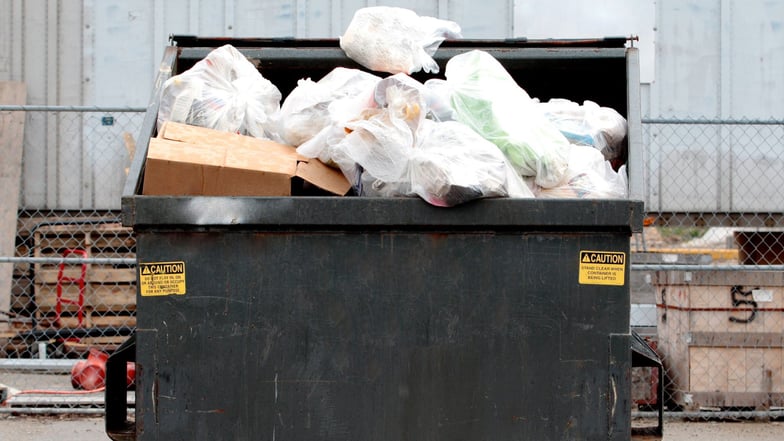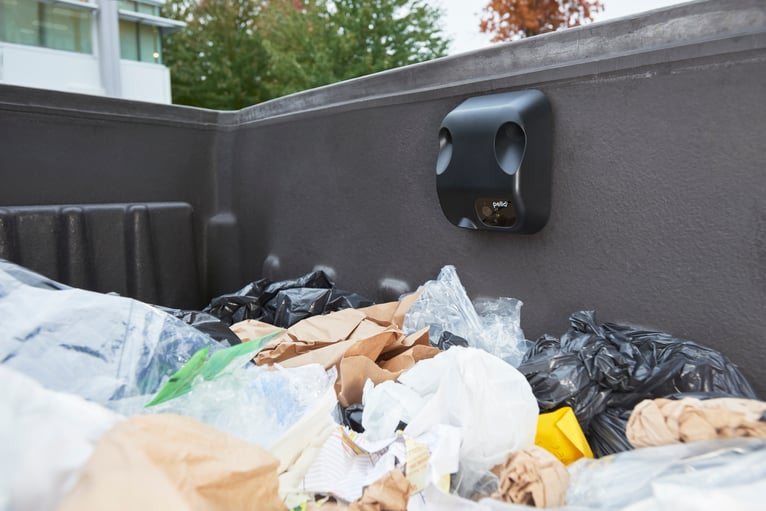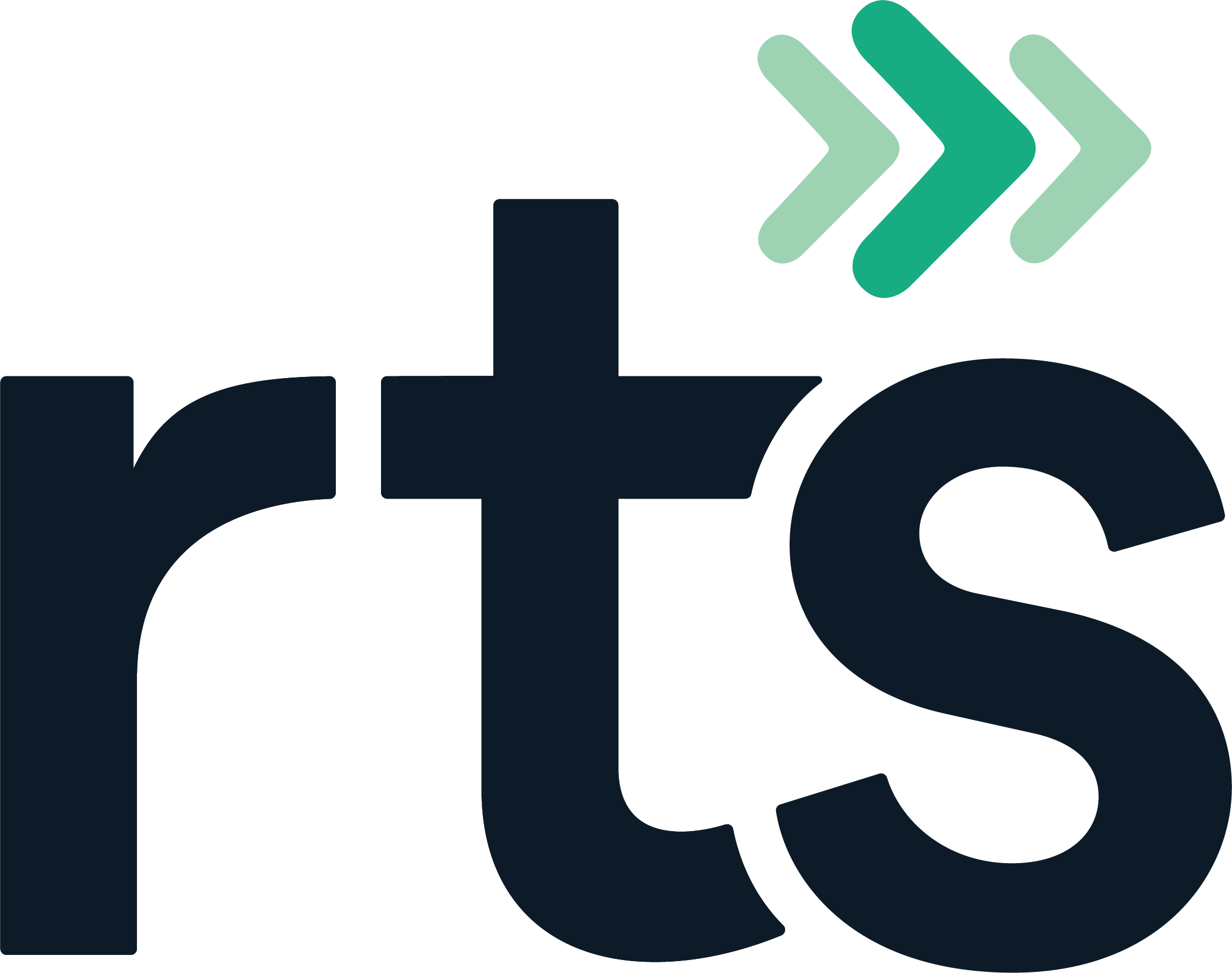For many businesses, understanding the intricacies of existing recycling programs remains a challenge. Not only are recycling programs subject to differing standards from province to province and even between municipalities, knowing what should and shouldn’t be recycled is an ongoing concern. Those disconnects that occur always leads to commercial waste and recycling contamination issues.

A commercial waste bin contaminated with a cardboard box.
What is clear, however, is that those businesses currently implementing successful recycling programs are implementing ways to measure and optimize using two very useful metrics: namely, waste diversion and capture rates.
Both have a part to play in understanding your business's recycling, and both allow you to make informed decisions on the sustainability of your company’s operations. Broadly speaking, they can be defined in the following ways:
-
Capture Rate
Your capture rate would be the % of total recyclable materials of a given type that are actually separated and recycled. For example, if 40kgs of recyclable bottles are placed in the correct receptacles, but another 20kgs of recyclable bottles are placed in the trash, your capture rate would be 40kgs (captured)/60kgs total or 67%. This is best obtained from a full waste audit. -
Diversion Rate
A diversion rate measures how much of your total output volume is successfully diverted and recycled. This is calculated using the following formula (total recycled/total volume). For example, with 3MT waste, 2.5MT mixed recycling, 1.5 MT organics = 4M recycled out of 7 MT total, or a diversion rate of 4/7 or 57.14%
Understanding these two metrics and how they work together is key to boosting your recycling rates and reaching your sustainability goals. Improving both can also help businesses with ESG (environmental social governance) reporting to internal and external stakeholders.
RecycleSmart works with businesses to review and improve recycling systems and implement advanced tools that increase both capture rates and diversion rates. We bring together programs from different service providers to complement each other, creating a holistic program that is often not attainable through one vendor.
We are also big on data, and as we assess your existing waste and recycling systems our IoT team will dig down into the results and work out how best to deploy our smart sensors. Our sensors can help determine average fullness of front load containers each month, adding a level of accuracy to diversion reporting that is otherwise left to repetitive formulas.

Pello Sensor inside a commercial waste bin detecting the average fullness
RecycleSmart has already been successful in improving capture rates and diversion rates in multiple businesses. For example, our work with a Primaris Shopping Center boosted its 13% diversion rate to 80% in just two years. Similarly, working with Universal Care, our IoT container monitoring has helped increase capture rates and control expenses across a range of facilities.
You can read more of cases studies here to understand how RecycleSmart works closely with business to understand their material volumes and tailor programs designed to improve existing systems. Additionally, contact us today to discuss how we can help you reach your sustainability goals and take advantage of our free demo to learn more about how to identify clear opportunities to improve your waste and recycling systems.

.png?width=371&height=500&name=Untitled%20design%20(12).png)
